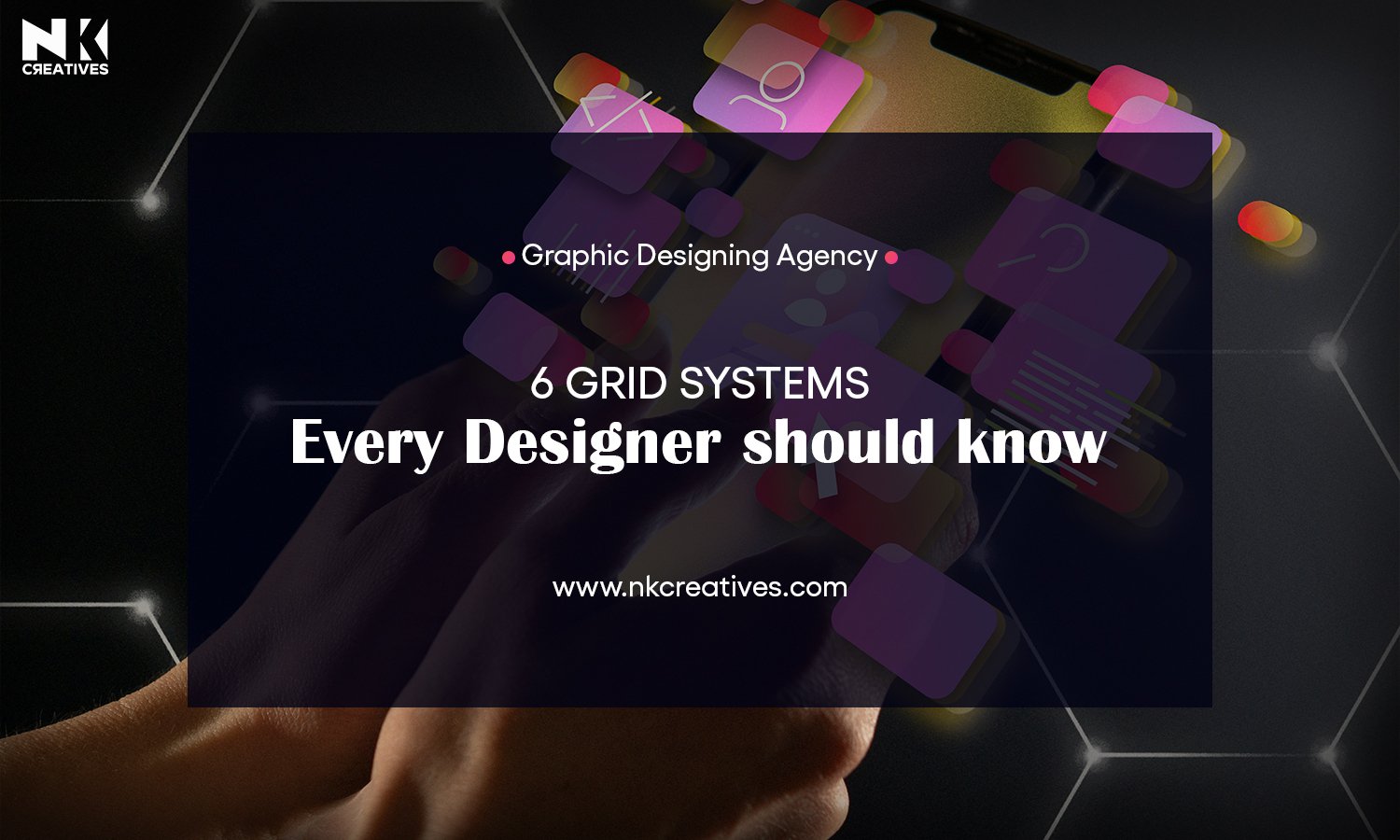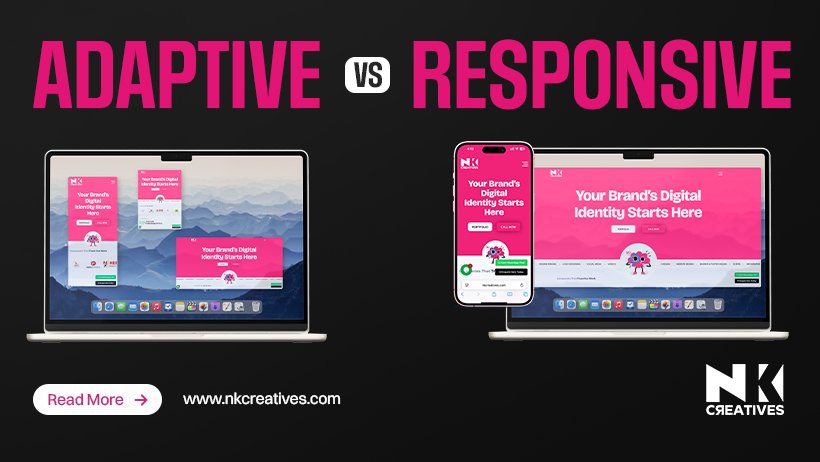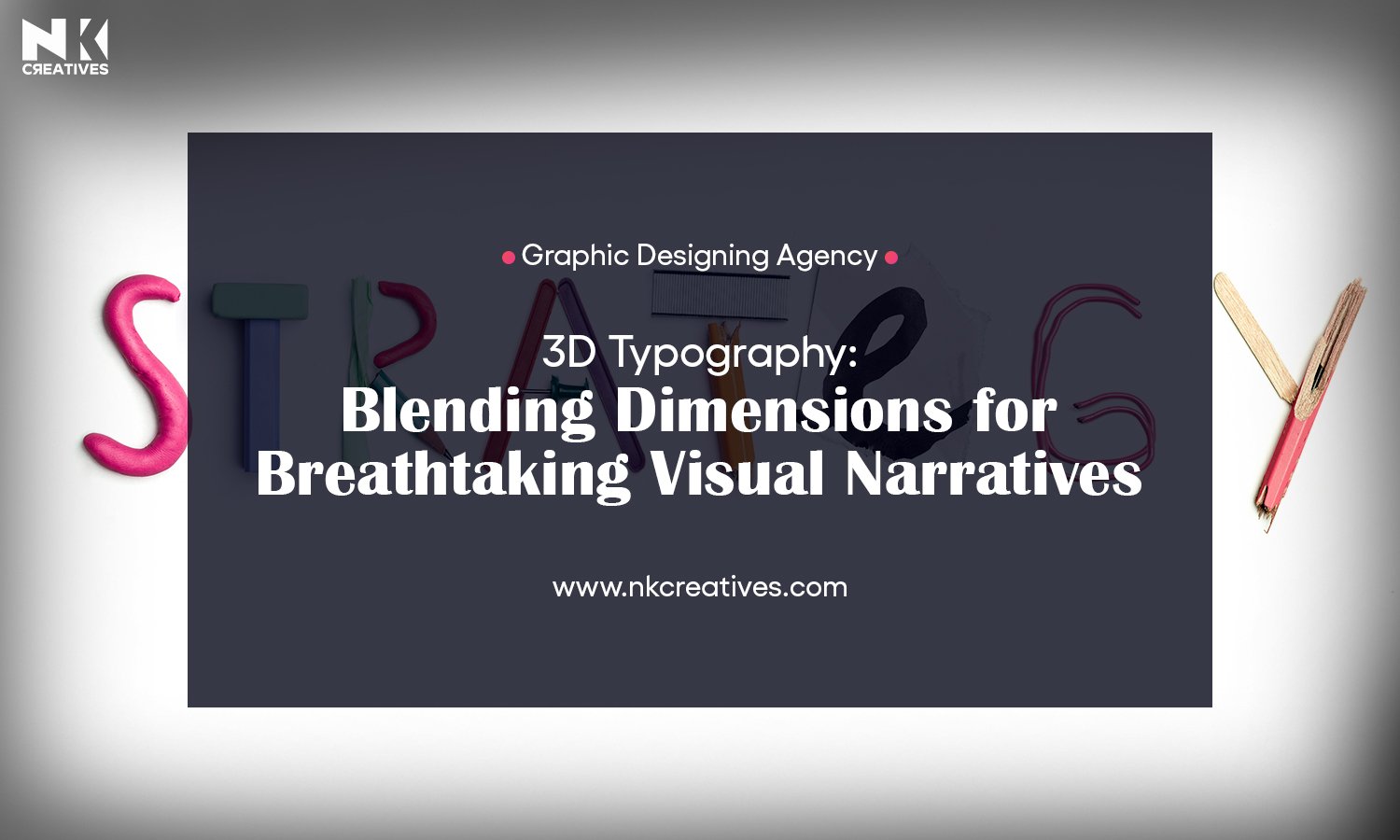6 Grid Systems Every Designer Should Know

Grid systems are important for designers. They offer structure and organisation in design. A grid divides the design space. This design ensures uniformity in design.
Designers use grids to align elements in their designs. Grids help in balancing design components. Grids improve readability and enhance visual flow in design.
It guides the viewer’s eyes smoothly. Grid prevents clutter and disorganisation. They ensure the precise placement of elements. Designers can easily structure content blocks. This maintains the integrity of the design.
Grids allow designers to work efficiently. They help maintain a clean layout. By using grids, designs appear professional. Grid supports the alignment of typography. They create consistency across all pages. Designers rely on grids for precision.
MODULAR GRID
A modular grid is a design framework. This grid is completed with the use of rows and columns. The grid divides a layout into sections. These sections help in better content alignment.
Designers use it for the organisation. It ensures consistency across designs. Modular grids are flexible and adaptable. They allow for various content types.
This offers creativity within the structure. Grids make design elements balanced. They offer clear and readable layouts.
Column Grid
A column grid is a layout system. It divides a page into vertical sections. This structure helps in organising content. Designers use this grid to ensure consistency in designs. Each column holds content elements. It improves readability and alignment.
Grids provide balance across the design. Column grids also enhance visual hierarchy. They help prioritise key information in design. Commonly used grids are 2,3,4, or 5 columns.
They make the design more adaptable to different screen devices. Content becomes easy to digest. They ensure a balanced and organised look. Column grids create clean and structured designs. They are widely used in web designs.
Hierarchical Grid
A hierarchical grid is an organised layout. It arranges content in levels. Each level holds related information. The structure defines a clear hierarchy.
The hierarchy guides user navigation effectively. It helps prioritise the most important content. Items are arranged according to importance. The design often uses rows and columns.
The grid maintains consistency across all platforms. Visual elements are aligned within the grid. The grid system creates uniformity. It supports responsive web design well. A hierarchical grid adapts to different screens. It ensures content is easy to consume.
Baseline Grid
A baseline grid is a layout system. It aligns text and elements precisely. This ensures consistent spacing throughout the designs. The grid is based on line heights. It helps maintain visual rhythm effectively.
Designers often use it for typography. It creates harmony across multiple pages. The baseline grid ensures text readability. It also improves the overall design structure. By aligning elements, it declutters the design.
Many software tools support baseline grids. This includes inDesign, Figma, and Photoshop. The grid enhances professionalism in layouts. It’s crucial for print and web designs. Using it saves time in adjustment.
A baseline grid simplifies complex design tasks. It's essential for achieving visual balance.
Axial Grid
An axial grid organises design elements. It uses straight lines as guides. These lines intersect at specific angles. Designers rely on it for precision. The grid ensures visual balance and alignment.
It simplifies layout creation for consistency. Axial grids are often seen in architecture. They are also used in typography. This method structures content systematically and clearly. It improves readability and aesthetic appeal. The grid supports texts and visuals. Commonly, it aids in modern design projects.
Designers can create harmonious and flexible layouts. Axial grids are adaptable for creative needs.
Diagonal Grid
A diagonal grid is a layout system. It organises content on a slanted axis. Unlike traditional grids, it adds dynamism. Designers use it for creative composition. It breaks the monotony of straight lines. The diagonal structure guides the eyes.
It creates visual movements and interest. This grid style works well for posters. It challenges conventional design approaches effectively. By using angles, it feels fresh. Symmetry can still be maintained thoughtfully. Designers must balance elements carefully.
Proper alignment ensures a clean appearance. This style is bold, and attention ensures a clean appearance. Diagonal grids redefined structure yet playful.
In conclusion, understanding and utilising these six grid systems – modular, column, hierarchical, baseline, axial and diagonal can elevate your design works. They offer consistency, structure and visual appeal.
Explore these systems to create impactful designs. Grids are important tool for every designer. They transform layouts into organised masterpieces. Elevate your design with strategic grid usage.
For stunning visual solutions, contact NK Creatives, the top graphic design agency in Punjab. Let us bring your vision to life.






















.jpg)











